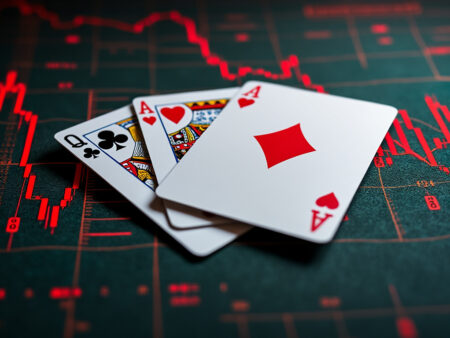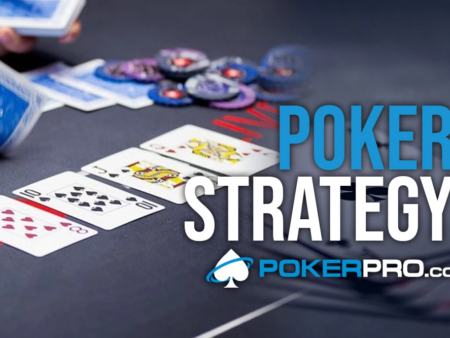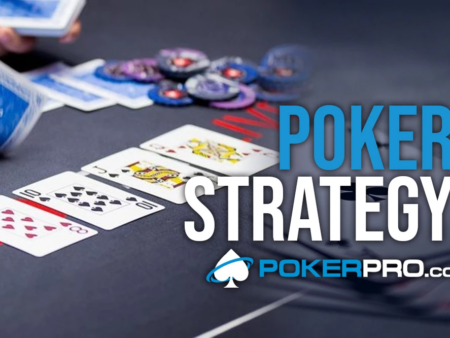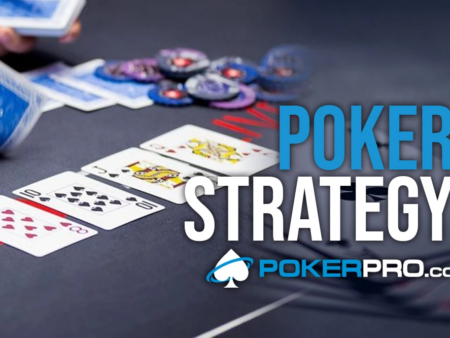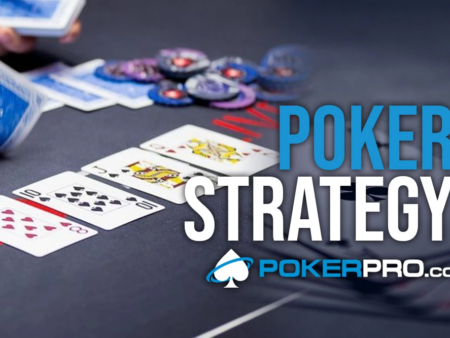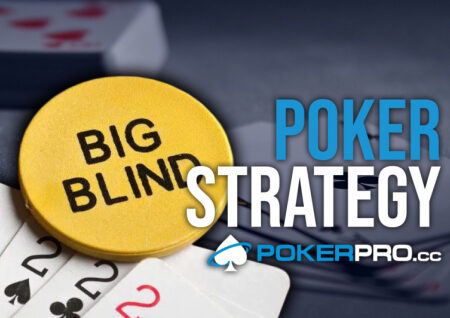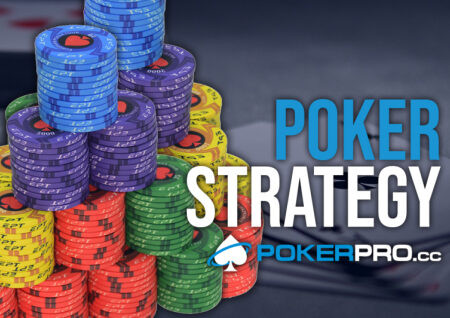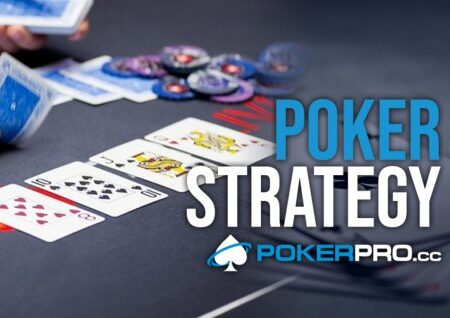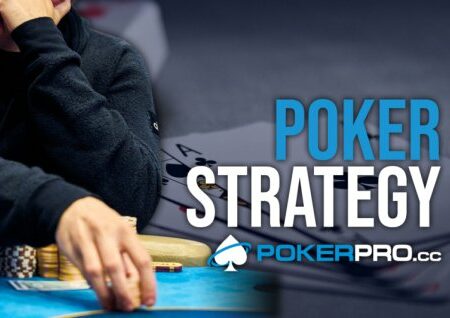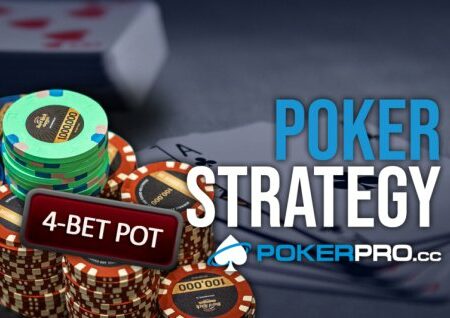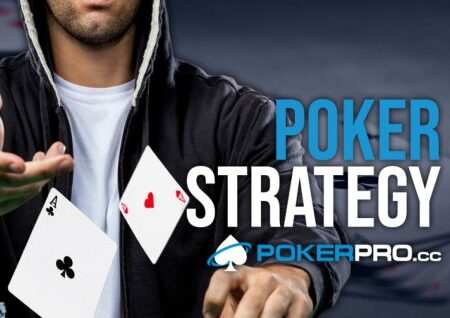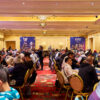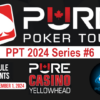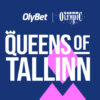Today we will take a look at another
Playing OOP With Strong Ranges on Drawy Board
Today we will take a look at another “scary spot”, OOP on a very coordinated board, but this time with more narrow ranges.
We are UTG, we open and button flats, 60bbs deep without rake.
Flop Qs Js 9c
How wide should we cbet? How do we construct our check calling ranges?
In the old days common wisdom would say that we need to bet mostly all of our strong hands (top pair top kicker+), and leave only a small part of them in our checking range to protect it.
In the so called balancing for the sake of balance era we tried to stay unexploitable at all cost in all branches of the game tree.
Today’s population tendencies are still weighted towards protection betting with a higher frequency, while some regular players are trying to protect their checking ranges but often with incorrect range construction.
What does PIO says?
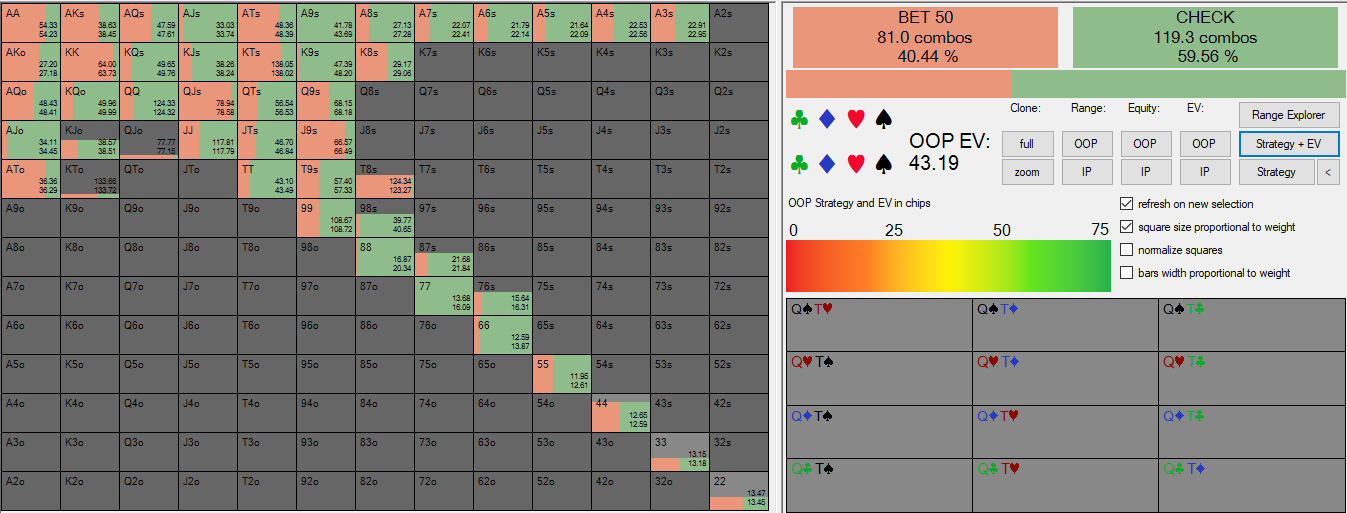
As expected on this coordinated board the checking frequency is quite high even though the OOP players equity advantage is quite big – 57.9%. What comes as a surprise is the strong hands we select to keep in our checking range.
Our assumption was that we are betting sets, especially 99s and JJs since we don’t block our opponents strongest hands and to charge drawing hands. On the other side we check overpairs and strongest top pairs more often since they are vulnerable to raises. You can read more about hand reading, funnel theory and counting combos in this strategy article.
However as we can see in the sim PIO checks ⅔ of combinations of sets and bets 80% of overpairs and top pairs. This seems counterintuitive so let’s dive in and see why that is.
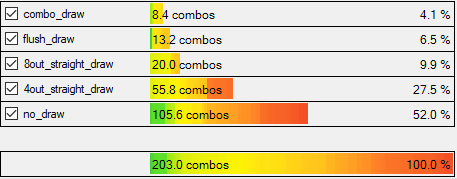
Intuitively on QJ9 two tone BTNs calling range has a lot of draws that we should charge with our best hands but after looking at it more closely we see that he only has 41.6 combos of OESD or better from the 203 total combos. Even further this doesn’t into account card removal effect.
His strongest drawing hands are Tx which are most of the time pairs as well (QTs, JTs, T9s) which we block significantly with sets.
Let’s take a look at JTs for example. There is four combos of JTs to start the hand, but with the Js being on the board that leaves us with 3. If we hold a set of jacks we remove two additional ones which only leaves our opponent with one possible combo. You can take a look at our counting combos article for a more in depth disscusion. Furthermore with sets we block two pair types of hands from which we could extract 3 streets of value.
With our overpairs and top pairs however we need more protection than usual since villain has additional equity with his pair + draw combos and we are not as afraid of raises since most of his drawing hands are of middling strength (opponents strongest bluffing hands are K9hh and K9dd) so we can actually start folding those hands to raises as we can see from equities in PIO below.
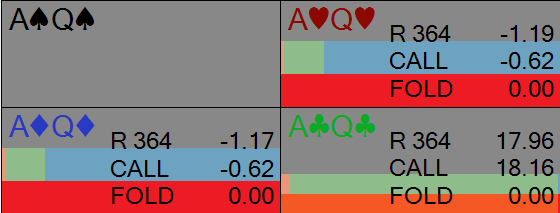

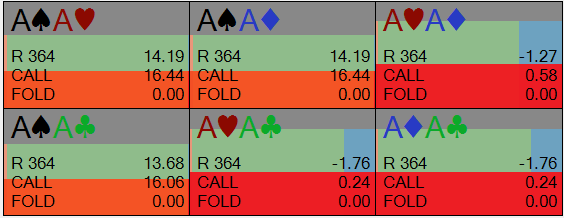
Now that we learned how to protect our checking range correctly we can take a look at how to construct our check calling range.
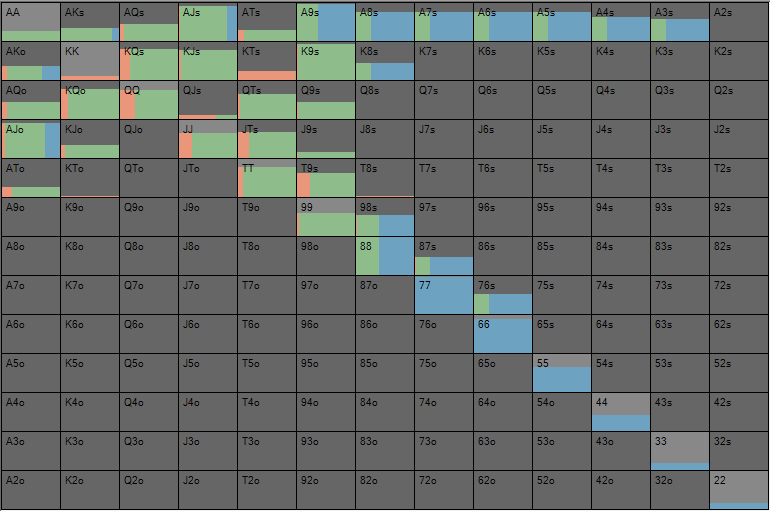
As we can see above even though we check 60% of our hands if we construct the range well defending facing a bet becomes very easy.
We call with all of our pairs which in every case have some extra equity, flushdraws, OESD and start folding underpairs and A highs. The only debatable hands are AK and 88 for which we can decide depending on our reads and anyhow equites between calling and folding are very close.
Wrap with a question
What is your approach with playing AA and AQ on this kind of boards. Do you put them in your checking range? If you bet what is your response facing a raise? Do you find the fold or do you go with it because it looks too strong to fold or because of some kind of population tendencies?
Also if anyone has an interesting spot, hand or a topic that they want reviewed you can contact us or join our Facebook Group PokerPro World and we will pick some that get analyzed in following articles.
